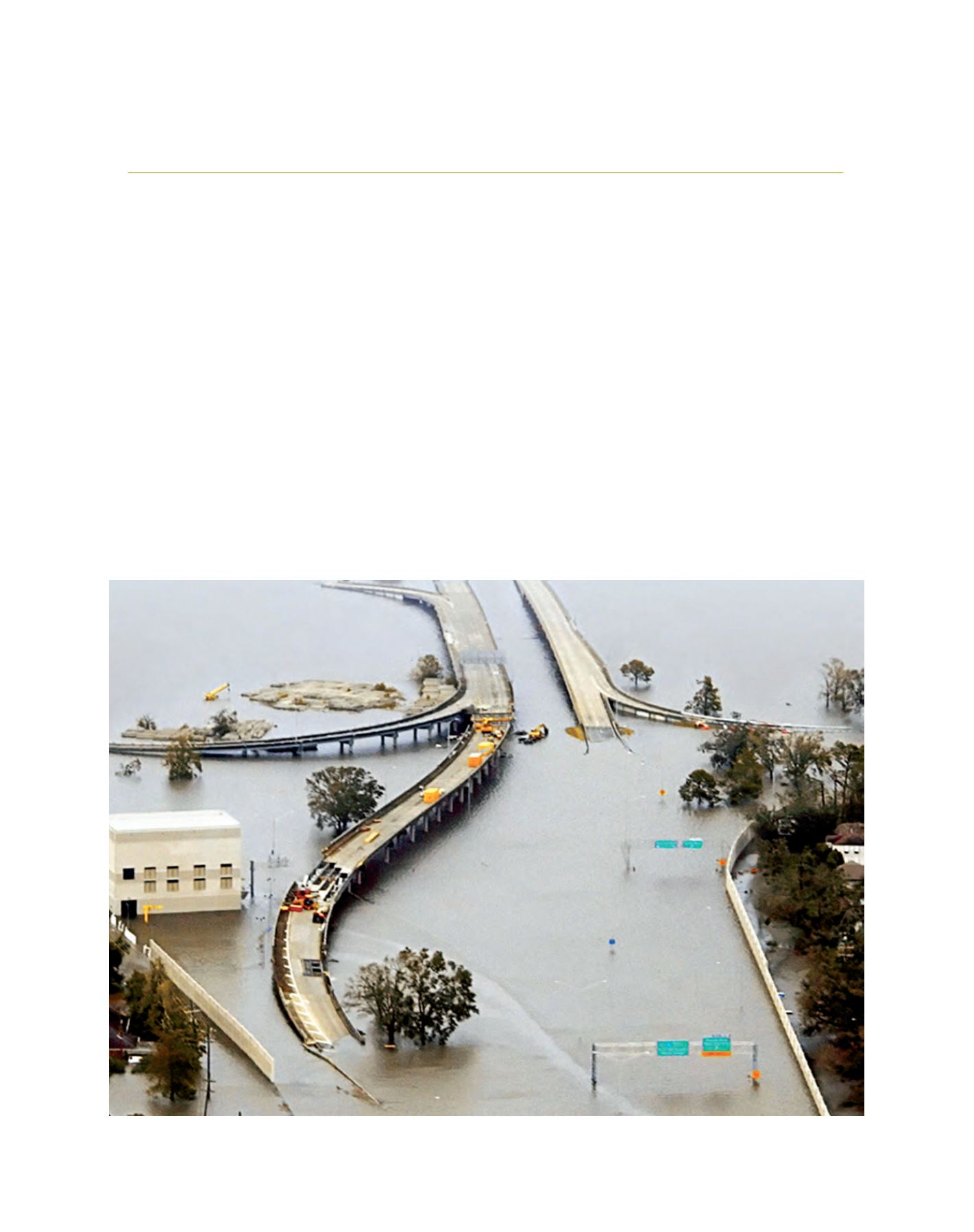

[
] 190
Climate watch – purpose and requirements
Omar Baddour, World Meteorological Organization, Chief Data Management Applications Division;
and Pierre Bessemoulin, Météo France, President, World Meteorological Organization Commission for Climatology
N
atural climate variability operates on multiple
scales at all times and can affect global and regional
atmospheric and oceanic circulations. Many of these
variations are recurrent and are usually recognized as well
known climatic patterns – warming/cooling of Sea Surface
Temperatures in the tropical oceans such as the El Niño
Southern Oscillation (ENSO), the North Atlantic Oscillation
(NAO), the Madden-Julian oscillation and the strengthening/
weakening of the upper level jets – and are often characterized
in terms of climate indices (for example, ENSO or NAO index).
They correlate significantly with departures from the mean
state of climate parameters at monthly, seasonal and interan-
nual timescales, as well as with the possible onset at some
regional levels of extreme climate and weather
events leading to direct and indirect impacts on
lives, goods, properties and the well-being of soci-
eties. Droughts, heat waves, cold waves, flooding,
extreme wind storms, landslides, bush and forest
fires, and coastal erosions are just a few of the
impacts that can be triggered by one or several of
such anomalies. In the context of global warming
these extremes are expected to become more
frequent, more severe and of a greater geographi-
cal extent than previously recorded.
1
Some of the
observed increases in climate extremes already fit
in with such projections.
O
bserving
, P
redicting
and
P
rojecting
C
limate
C
onditions
Climate watches help people and the authorities to prepare for extreme weather conditions and mitigate the damage caused
Image: NOAA
















